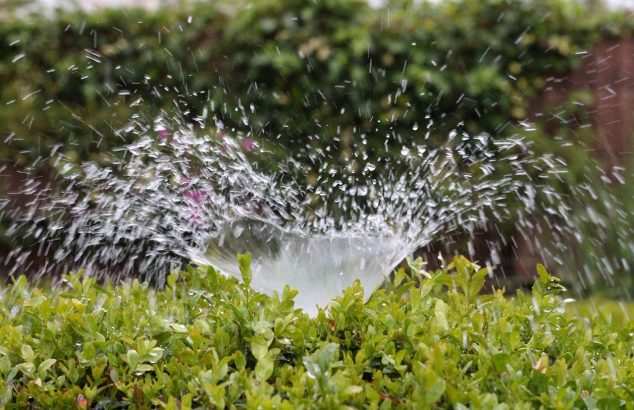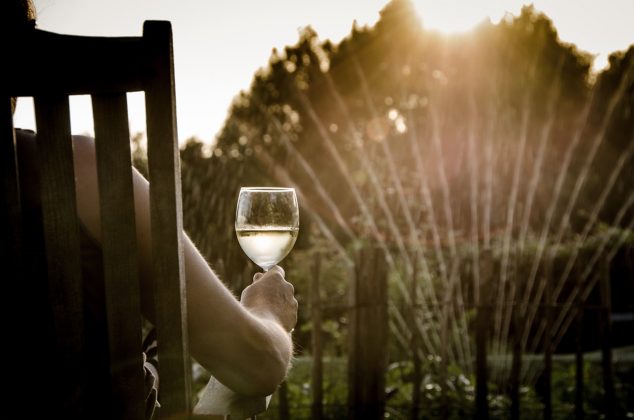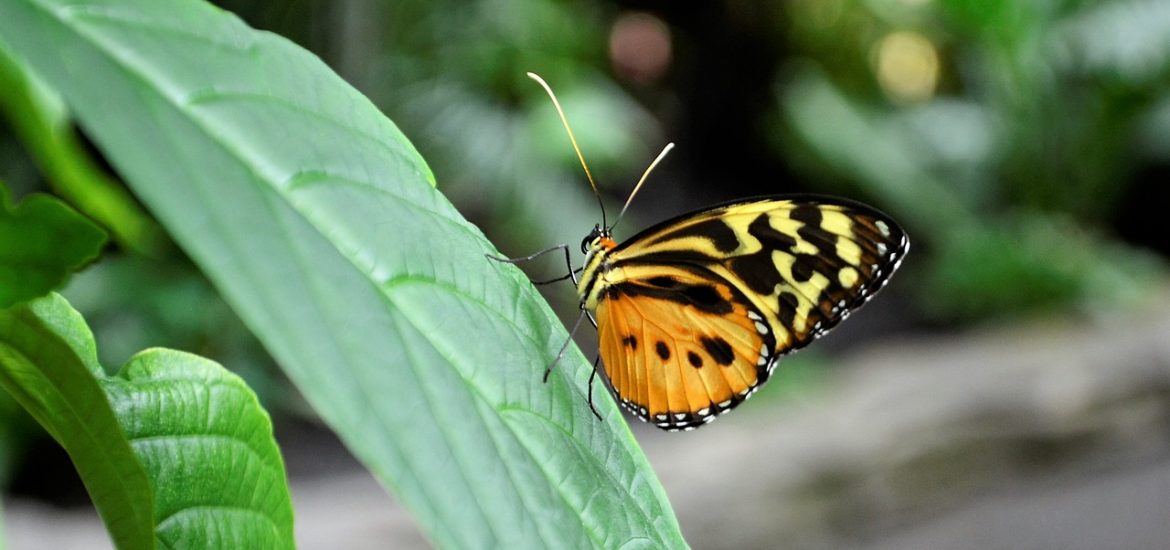Gardening is one of the most rewarding hobbies you could take on. It’s engaging and healthy and at the same time, it makes your home more eco-friendly and it even increases its value.
If you want to make the most out of your garden, try to take on a few projects at a time, depending on how much free time and resources you can afford. That way you’ll always have something to do around the garden and you can create a common theme for all the yard work.
Native plants
The first thing to decide on regarding your garden is what kinds of plants you want to use. This is partly a matter of preference and aesthetic, but it’s also about the environmental impact your garden will make. Start by only using native plants that you know can grow in your garden and don’t add too much to your carbon footprint.
Also, make sure that you use the plants that are appropriate for the season, or ones that bloom throughout the year. That will make your yard festive and bright regardless of the weather.
Compost
There are three main rules to living a green life: reuse, recycle and repurpose. The same rules should apply to the way you’re taking care of your garden. They are best applied to turning your waste into compost since that creates a system which incorporates both your home and the surrounding garden.
Using your own mulch isn’t just an eco-friendly thing to do, it’s also a money-saving tip, because that means that you can cut down on the fertilizer you purchase yourself. An average household can’t provide enough compost to replace the fertilizer altogether, but it can save about a third of your fertilizer expenses.

Sprinklers
Water is one of the most important resources we have and most of us don’t treat it as a limited resource at all. It’s especially noticeable in gardens, where watering is necessary, but it can be done in a much less wasteful way with just a bit of preparation.
The first step towards water conservation is installing sprinklers and using them to water the garden instead of a hose. They also allow you to set the time and the application rate, which means you can do something more productive with your time while the sprinklers are running.
No more lawns
Lawns are probably the most common gardening feature, but they are neither eco-friendly, nor particularly interesting. If you want, keep the front lawn as it is, but try to use the backyard more productively. For instance, it could be a place to put up a shed, such as one created by Best Sheds, which will store all of your tools and possibly serve as a workshop.
The backyard can also be used to install small patios in which you can entertain guests and have small parties. These are easy to install and they can be dismantled during the winter.
Rainwater
Rainwater could be turned into a valuable resource, but most households don’t use it at all. The amount of rainwater you can use depends on where you live and how many rainy days you get every year. Then, there’s also a question of how much rainwater you can harvest without having to purchase too much equipment and infrastructure.
Have in mind, that the collecting isn’t the only expense you need to think about. If you plan to use the rainwater for personal use, there’s also a matter of keeping it filtrated.

Seating
The backyard is a great place to hang out and socialize with your friends and neighbors. This can be easily arranged by installing a seating area that’s protected from the elements and easy to maintain. When doing so, it’s important to consider the materials that are being used.
Try to find the seating that’s made out of recycled materials and make an effort to purchase them locally. That way you’re cutting down on your carbon footprint since you’re only transporting the furniture from your local store or shop to your home.
Lights
Adding lights to your patio opens up a lot of new ways to use it and makes it more comfortable. An averagely handy homeowner could install the lights on their own, but if you’re not sure about it, use a professional electrician, just to keep safe.
It’s usually a good idea to use LED lights. They provide the same quality lighting as traditional bulbs but they use much less electricity to accomplish it. They also last much longer which makes them a good investment, even though they are usually more expensive.
Eco-friendly gardening can add new value to your home. It’s also a fun hobby that always keeps you occupied with light work.

